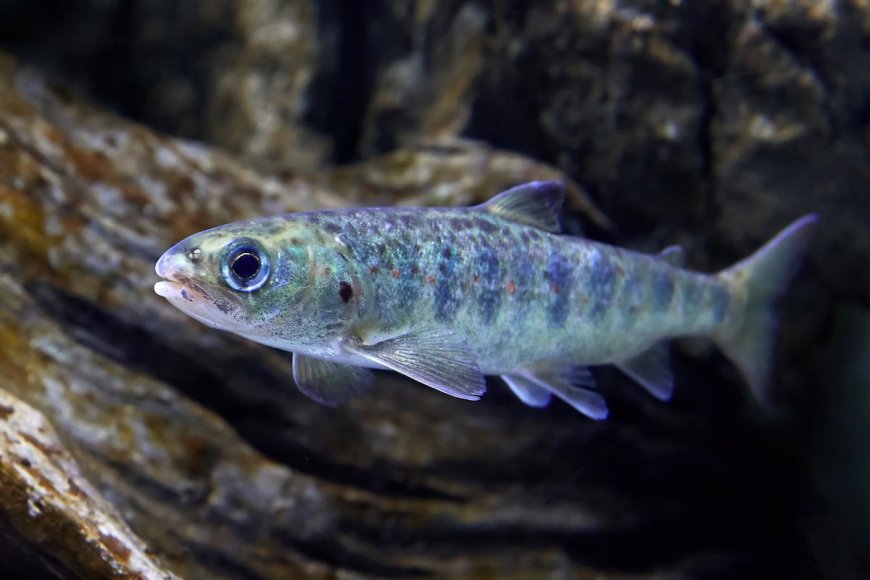Pollution From Anxiety Medications Influences Salmon Behaviors, Study Finds
In a new study, researchers have confirmed that pharmaceutical pollutants are influencing how Atlantic salmon behave. The study, published in the journal Science, revealed that migrating salmon exposed to a type of psychoactive medicine under the benzodiazepine class caused the fish to be more bold and take more risks during migration. Although this led to […] The post Pollution From Anxiety Medications Influences Salmon Behaviors, Study Finds appeared first on EcoWatch.

In a new study, researchers have confirmed that pharmaceutical pollutants are influencing how Atlantic salmon behave.
The study, published in the journal Science, revealed that migrating salmon exposed to a type of psychoactive medicine under the benzodiazepine class caused the fish to be more bold and take more risks during migration.
Although this led to the salmon with the medication present in their brains to have more successful migrations than the fish that did not have medication present, scientists explained that the risk-taking behavior could be dangerous to the fish in the long-term.
“On the face of it, it sounds like giving drugs to fish is beneficial,” Jack Brand, a biologist at the Swedish University of Agricultural Sciences, told NPR. “But any departure from natural behaviour is likely to have potential broad and negative consequences for the population.”
The researchers examined how exposure to clobazam, an anti-seizure medication, affected migrating Atlantic salmon over the course of multiple years using both lab- and field-based experiments. The team tracked 279 young salmon that were fitted with medicating implants, which gave the salmon the same dosage of the medication typically found in the natural environment.
As they migrated from the River Dal in Sweden to the Baltic Sea, the salmon passed two hydropower dams that would typically delay the salmon. However, the salmon that had clobazam in their brains passed the dams faster than unmedicated fish and reached the sea faster. According to the researchers, the fish that passed the barriers faster may have left behind their schools to do so.
In a lab setting, the salmon exposed to clobazam still showed signs of risk-taking while also being less social.
As of 2023, the International Union for Conservation of Nature (IUCN) classified Atlantic salmon as Near Threatened, with global populations declining 23% from 2006 to 2020.
Based on the findings of this study, researchers are concerned how pharmaceutical pollution and bioaccumulation could affect vulnerable salmon populations and other species in the future. Michael Bertram, senior author of the study and assistant professor at Swedish University of Agricultural Sciences, said additional research is needed to examine potential long-term impacts of pharmaceutical pollution on Atlantic salmon.
By becoming less social, the salmon with drugs bioaccumulating in their brains could become easier targets for predators. The increase in risk-taking behaviors also threatens fish, as they could be injured or killed by obstacles, like the turbines in hydropower dams.
When the medications mix with other pollutants present in waterways, there are other risk concerns as well.
“We have no idea what those anti-anxiety medications plus the analgesics, plus the antibiotics, you know, plus the anti-epileptic plus the chemotherapy, etc., etc., collectively are doing to fish and other aquatic species,” Karen Kidd, an ecotoxicologist at McMaster University, told NPR. “It’s a global concern.”
More and more studies are highlighting how pharmaceutical pollutants can affect aquatic life. In another recent study, researchers discovered that fluoxetine, known by the brand name Prozac, exposure changed body conditions and sperm velocity of wild-caught guppies (Poecilia reticulata). A 2022 study revealed widespread pharmaceutical pollution in rivers that threatened both wildlife and human health.
The post Pollution From Anxiety Medications Influences Salmon Behaviors, Study Finds appeared first on EcoWatch.


















































